I think I am pretty good at geography and culture. I know that Madrid and Barcelona were in the past and in the minds of millions continue to be capitals of different countries. I know that Andalusia is a province in the south of Spain rich in history and culture. I know that James Joyce wrote of it in Ulysses:
“I was a Flower of the mountain yes when I put the rose in my hair like the Andalusian girls used or shall I wear a red yes and how he kissed me under the Moorish wall and I thought well as well him as another and then I asked him with my eyes to ask again yes and then he asked me would I yes to say yes my mountain flower and first I put my arms around him yes and drew him down to me so he could feel my breasts all perfume yes and his heart was going like mad and yes I said yes I will Yes.”
What I didn’t know was how delighted we would be to discover Málaga, explore it’s streets, harbor, gardens and churches, and change our travel plans to return a second time to the city when we visited this spring.
Málaga barely had time to settle into it’s Christianity when she was invaded and conquered by the Moors. They eventually conquered all of Spain and were repulsed a mere 21 years later in Tours, France. So when Joyce wrote of kissing under a Moorish wall, he wasn’t using literary hyperbole. Christian, Moorish, Christian Hapsburg, Republican anti-Christian, Fascist, multi-party democratic, and most recently overrun by Brits, Málaga is a fascinating present place to learn of a florid past.
My first impression is this is what Santa Monica or Huntington Beach could be if they were cities of over half a million population and decided to be the most walkable, beautiful, safe cities in their region. From the shiny marble tiled streets, to the ubiquitous palm trees, to the large parks with separated streets, walking and bike lanes.
Since Málaga sits on the coast, the best place to see the city is from the fortress on the hillside near the center of the city. The Moorish Alcazaba fortress was both the high ground fortress and the royal palace of the local sultan. After the reconquest of the city in 1487, it became the Royal fortress. Today it is a modest modern museum with a delightful little bar and excellent views from the wonderfully preserved walls, arches, fountains, and rooms.
From the Alcazaba, the visitor ought to explore Málaga’s cathedral. The juxtaposition of the rule of Islam in the Alcazaba and the Christian cathedral so near each other is culturally and artistically important and beautiful. Begun in 1530 and largely completed 150 years later, the cathedral blends Gothic, Renaissance, and Baroque styles in a single church. The exquisitely carved saints in the Choir can take a person an hour to look through and they do help a person’s eyes wander during daily Masses which are held at the altar in the Choir. The Cathedral tour ticket includes a trip up the staircases to the roof which offer intimate views of the Cathedral’s domes, the rooftops of the city surrounding it and the Alcazaba from the next highest available viewpoint.
Unlike the Cathedral, many of the local parish churches were built on former mosques and incorporate their Moorish architecture. This is one of the most culturally significant aspects of culture one sees everywhere in Málaga. An incredibly modern city often becomes so by wiping away historically relevant culture. Not so in Málaga. The city has deftly melded gleaming new shining marble with the stone and Roman mortar walls.
If Americans and Asians know about Spanish food, they largely know that Spanish food comes on small servings called tapas. Málaga does have tremendous tapas restaurants, as well as numerous Irish/English pubs, authentic North African cuisine and one of the better burger bars I’ve eaten at. Whether you enjoy the abundant fresh seafood, the braised meats, the fresh roasted vegetables, or the yummy desserts, there are excellent local wines and beers to pair with whatever dish you ordered.
From Málaga the visitor can take any number of day trips into the mountains, or along the coast to visit villages. Mijas is one such village downcoast from Malaga. Perched on a high hillside, this beautiful whitewashed village offers views of the Moroccan Atlas Mountains and Gibraltar as well as delightful narrow flower-lined hillside streets. Mijas is definitely a day trip worth putting on the calendar.
Finally, while I see Málaga as the gateway to inner Andalusian destinations like Granada, Cordoba, Seville and Ronda, a visitor could easily spend a week or more there without getting bored. From the first day there, I realized this would not be a one time visit. My friend, Alan Cornett, and I look forward to including Málaga as a keystone location in our March 2024 Cultural Debris Excursion. It is a wonderful place I look forward to sharing with other visitors. Come with us!
Keep thinking…

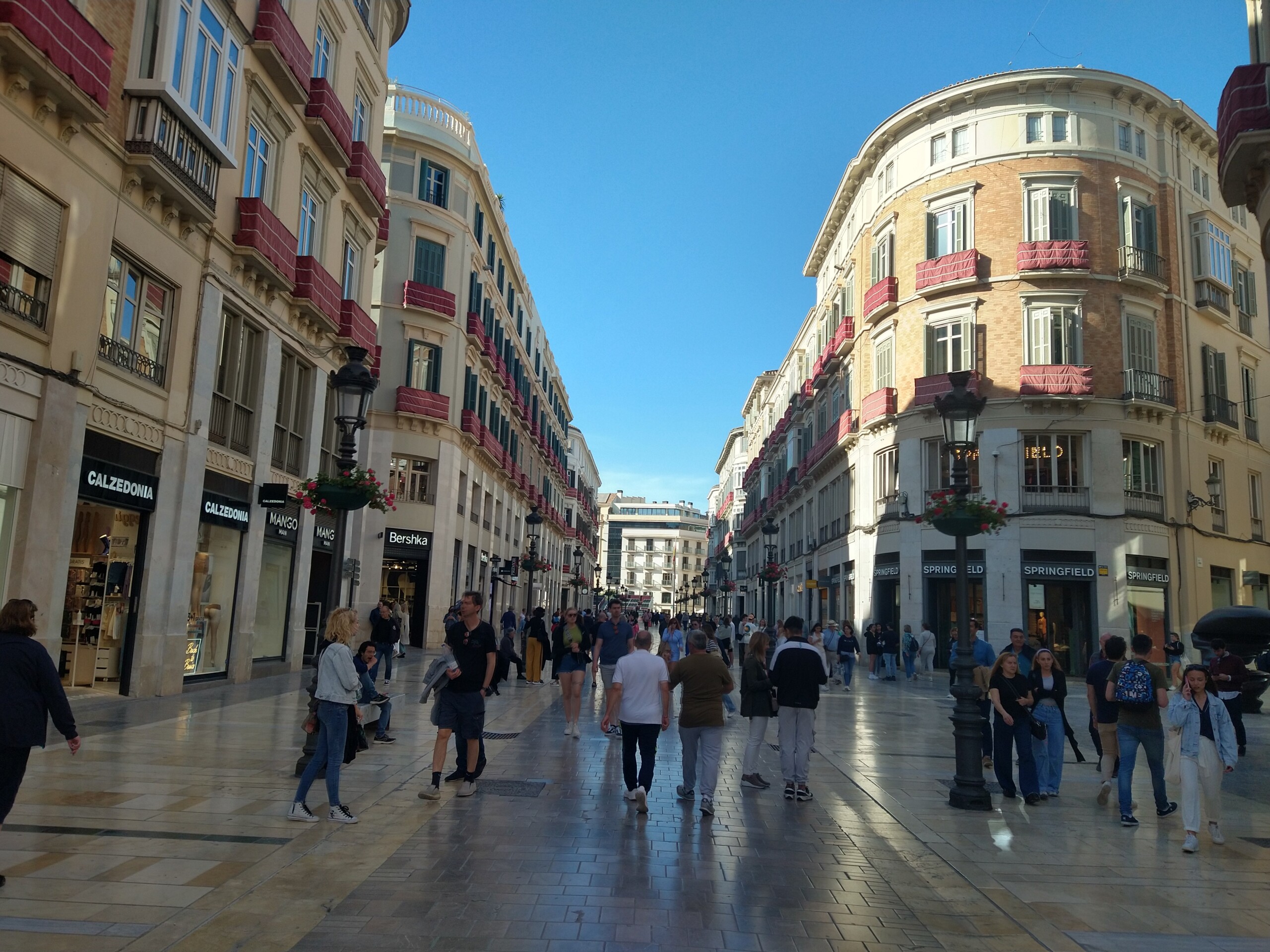
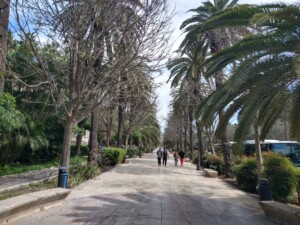
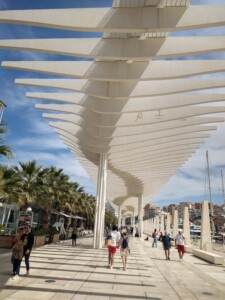
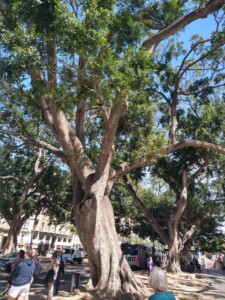
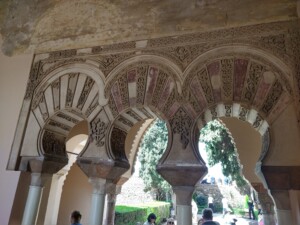
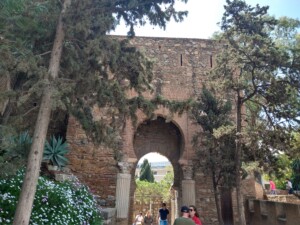
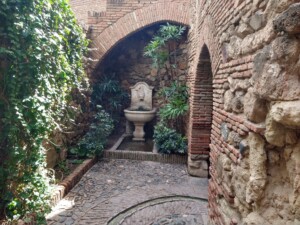
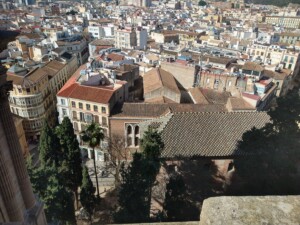
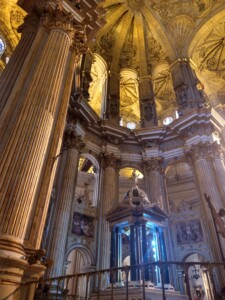
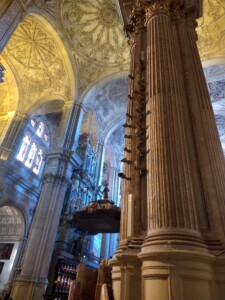

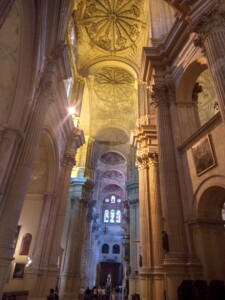

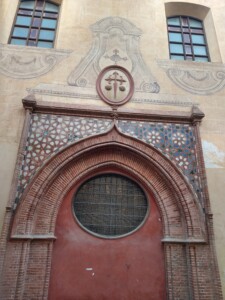
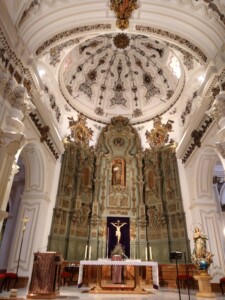

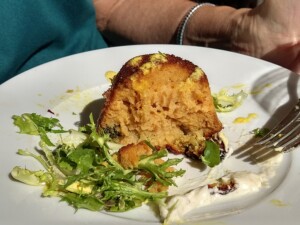
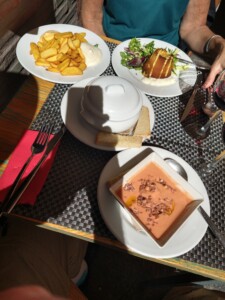


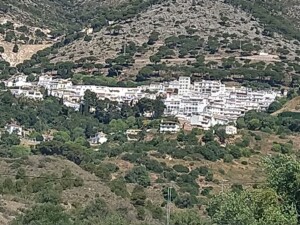

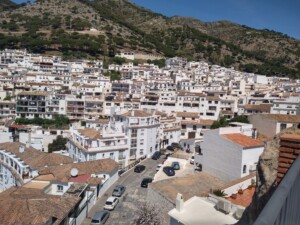
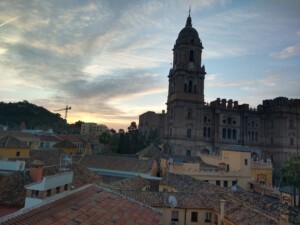
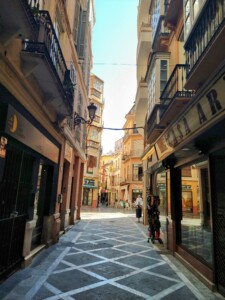
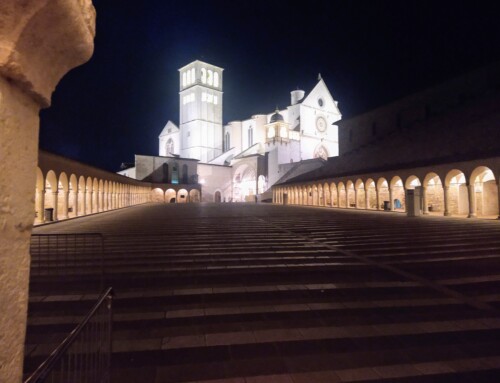
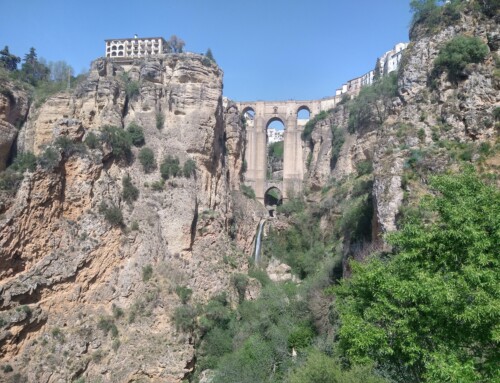
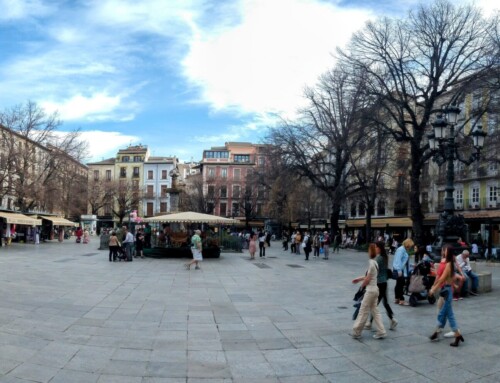
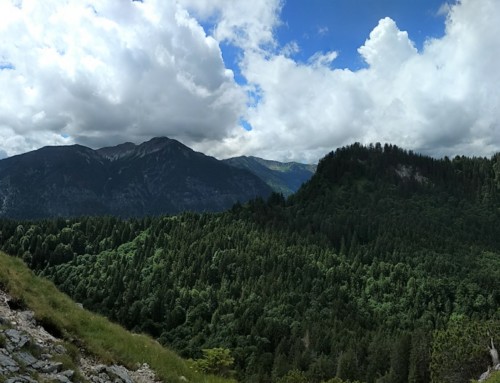
Leave A Comment